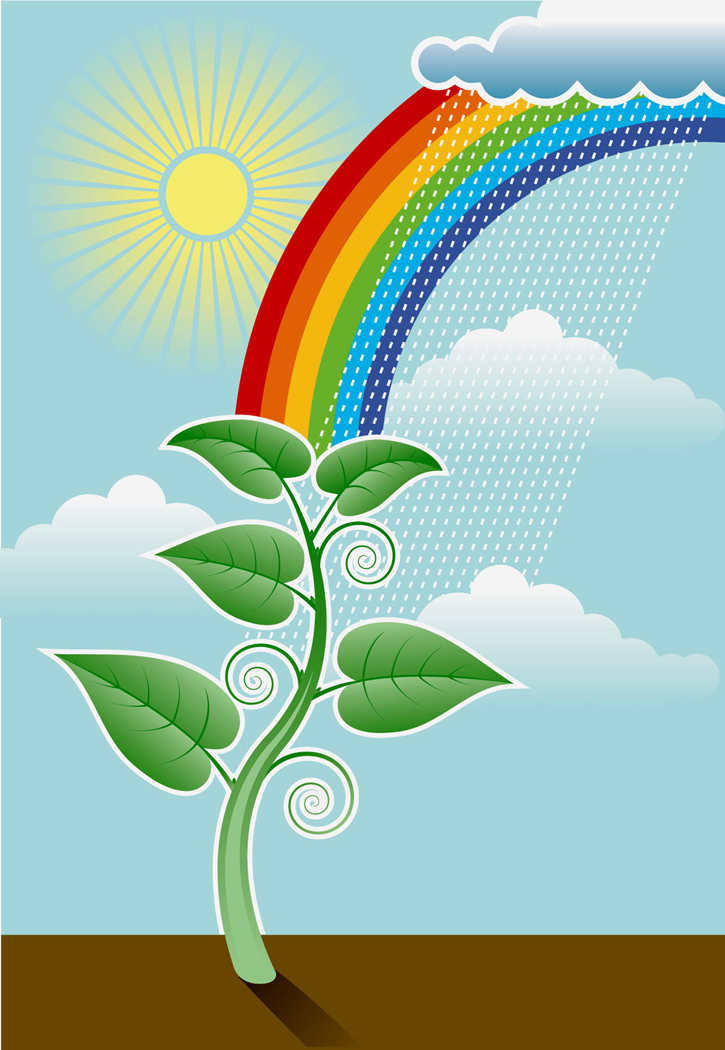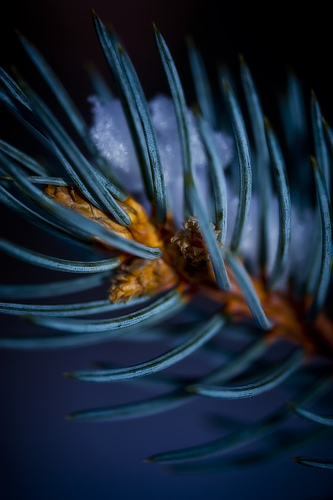What and How Does It Eat?
All plants use an external energy source to make the complex organic
molecules that are used for nutrition.
Like many other plants, the blue spruce uses energy from the
light of the sun as its external energy source.
This type of autotroph ic nutrition is called
photosynthesis.
Photosynthesis takes place in the chloroplasts, which are
generally located in the leaves of the plant.
Chloroplasts use chlorophyll which is a green pigment that
absorbs red and blue light. During photosynthesis carbon
dioxide, water, and sunlight are used to create sugar, water, and
oxygen. The reaction
looks like this:
ic nutrition is called
photosynthesis.
Photosynthesis takes place in the chloroplasts, which are
generally located in the leaves of the plant.
Chloroplasts use chlorophyll which is a green pigment that
absorbs red and blue light. During photosynthesis carbon
dioxide, water, and sunlight are used to create sugar, water, and
oxygen. The reaction
looks like this:
6CO2 + 6H2O + light energy
![]() C6H12O6
+ 6O2 + H2O
C6H12O6
+ 6O2 + H2O
The glucose (C6H12O6)
is used as a primary energy source and the oxygen is used for
respiration in oth er organisms, including humans.
er organisms, including humans.
Water is taken in through the roots of the tree. The water is then transported throughout the tree by transport tissues called xylem. This is done through a process of diffusion. Because water travels from an area of high water potential to areas of low water potential water is literally pulled up the tree. After photosynthesis occurs the organic nutrients created are transported by living tissues called phloem. Osmotic pressure pushes the organic nutrients through the phloem and throughout the tree.
Now that you know what the blue spruce eats lets find out what
happens when the lights go out. Find out how it
reproduces.